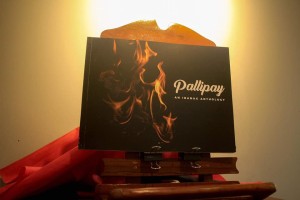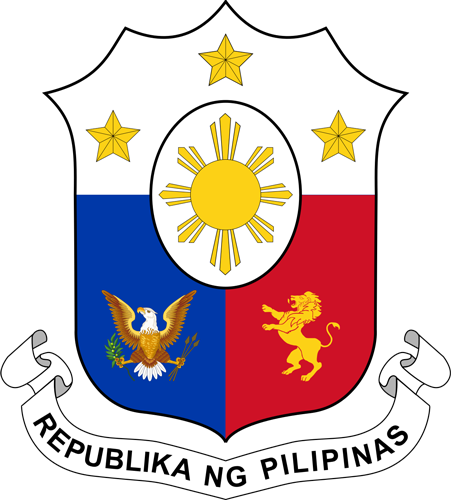PIA-2 to release pioneering Ibanag literary anthology online
“Ang hindi magmahal sa sariling wika, ay higit pa sa malansang isda.”
These are the words long believed to have come from national hero Dr. Jose P. Rizal, though they were proven otherwise by historian Ambeth Ocampo. Regardless of who originally uttered this famous line, the quote holds deep meaning that is becoming more relevant in this present age.
The Philippines, a multicultural and multilingual nation that is home to 180 or so ethnic groups, has seen struggles when it comes to language diversity and, in turn, preservation of culture and identity. On one hand, we have English, a foreign language, “battling” for dominance with the national language, Tagalog, otherwise known as Filipino in its standard register. On the other hand, there is the case of Tagalog versus the tens of minority languages across the regions, where the latter are losing against the former with regard to vitality or number of speak
Decades of institutionalizing Tagalog and English as media of instruction in schools has left vernacular languages in a state of decline. This can be observed in the Ibanag language and its dwindling number of speakers. According to studies, this decrease in the vitality of Ibanag can be attributed to Ibanag parents no longer teaching the language to their children due to preference for either Tagalog or English, while citing various reasons, which include economic practicality. Ibanag, for the longest time, was rarely written and used in public domains and local mass media.

This phenomenon of language shift and endangerment, in actuality, goes beyond the Philippines. It is a global occurrence that has been going on for years and has resulted in extinctions, particularly in ethnic minorities. This is the reason why the United Nations Educational, Scientific, and Cultural Organization (UNESCO) has launched the International Decade of Indigenous Languages (IDIL) in order to document, promote, preserve, and protect threatened languages worldwide.With the IDIL starting last year, the opportunity for the global movement to trickle down to the Philippines presents itself. The Ibanag people are struggling as ever in a race against time to strengthen their threatened language.
Cultural advocates and researchers in Ibanag centers such as Tuguegarao City, most of whom are Ibanag themselves, have noted the state of their language and, perhaps for years, have initiated responses in order to uplift their mother tongue. Now, in the first year of the IDIL, the Philippine Information Agency - Region 2 (PIA-2) has made their contribution to the movement by initiating a pioneering project – the creation of a modern literary anthology featuring the Ibanag language. Entitled Pallipay, which translates to looking back to the past, the book attempts to promote the use of Ibanag by encouraging Ibanag speakers to read and write in the said language.
The book was first printed in limited quantities and launched to the public in October 2022 as an observance and celebration of Indigenous Peoples Month. The project, though, was a result of an earlier endeavor, which involved the conduct of an Ibanag short story writing contest organized by the agency in 2020.
This year, the PIA-2 plans to extend the book’s public reach by releasing a digital version of the book on the first of October. This is in partnership with local cultural institutions such as the Cagayan Museum and Historical Research Center and the Cagayan Heritage Conservation Society.

The anthology is comprehensive as it does not only feature short stories but also essays, autobiographies, poetry, and photographs that narrate the rich culture of the Ibanag people. The book also features the diverse geographic dialects of the Ibanag language across the entirety of the Ibanag people’s home territory of Cagayan and Isabela. This quality is a reason why the book may be considered the first of its kind in the history of the Ibanags and their bid to strengthen their ethnic identity.Such is the struggle of the Ibanag people, a struggle that may be worth emulating by other ethno-linguistic minorities in the Philippines who face similar threats to their cultures and languages. A project such as the publication of literature, small as it may seem, is a big contribution to the preservation of language diversity in the Philippines, especially if it will be done across the country and if it can be sustained.
As was mentioned earlier, the Philippines has always been a melting pot of cultures, languages, and ethnicities. Diverse as they are, Filipinos’ national identity is forged from the many regional ethnic identities that precede it, make it whole, and make it what it is. Diversity is what makes the Philippines unique and rich in terms of culture– a culture that all Filipinos may be proud of before the whole world. (JKC/PIA Region 2 )



